The dramatic change in the artistic style of Pollock, heralded the emergence of a new original master, occurred in 1943, when he met Peggy Guggenheim, and through her – with

Pollock Jackson

The dramatic change in the artistic style of Pollock, heralded the emergence of a new original master, occurred in 1943, when he met Peggy Guggenheim, and through her – with

Pollock “canceled” easel painting. It was an attempt to radically rethink the traditional work of the painter. The master now did not need to stand in front of the canvas,
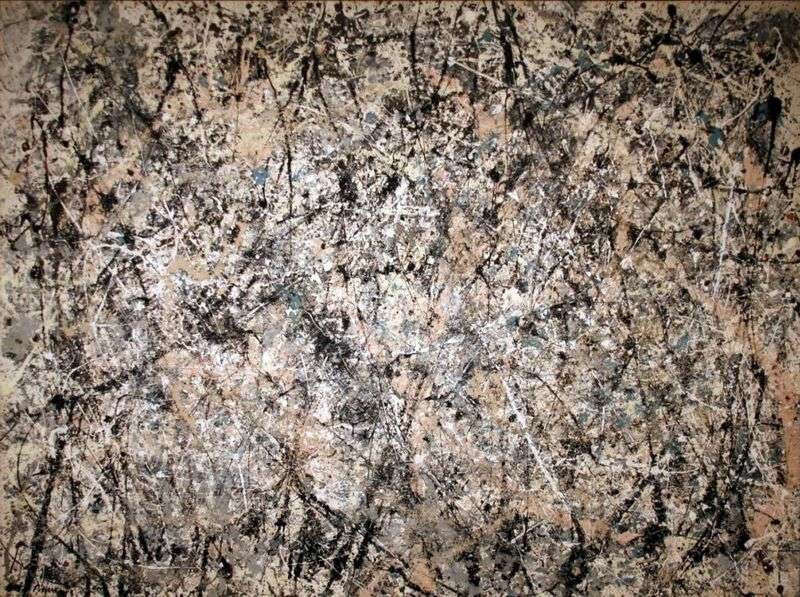
This typical “drop” picture was created by Pollock in his stellar, 1950, year. By this time, the artist had perfected the technique invented by him, but had not yet “worked”
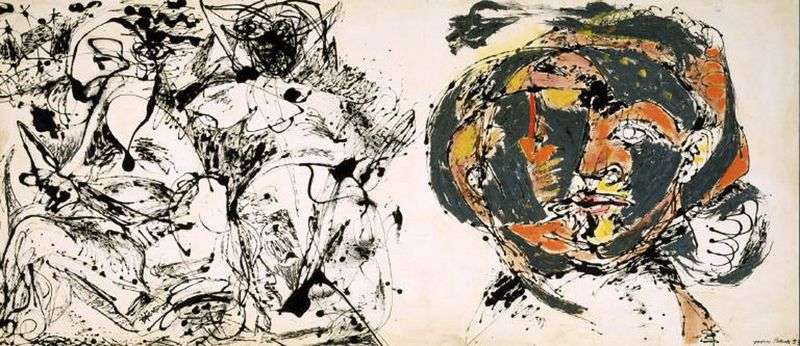
By 1953, Pollock, apparently, it seemed that he had exhausted the possibilities of “drip painting”, and in his work came a brief “black-and-white period.” The artist again took the brush
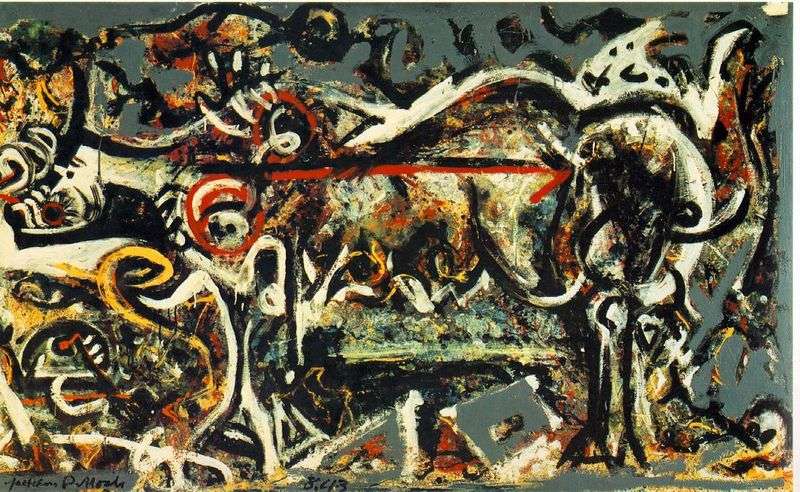
The style in which this work was performed owes its birth to a mural ordered in 1943 to the artist Peggy Guggenheim for the decoration of his house. It was
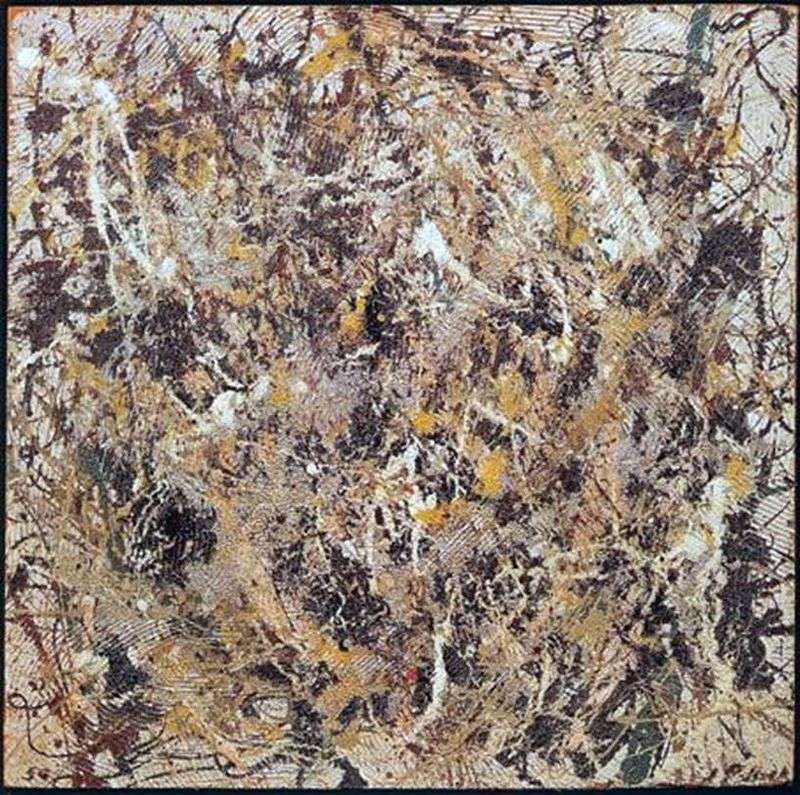
By the time this picture was written, critics had already managed to name Pollock “Jack the Laborer” – by analogy with the famous “Jack the Ripper.” In this work, his

This work, which Pollock showed at his first solo exhibition, Pollock, held in November 1943, attracted the special attention of critics. As Clement Greenberg later recalled, “at that time there

Around 1950, Pollock drew general attention to himself with his huge paintings created in the new technique – the artist himself called his invention “drip painting.” These pictures were liked

The second title of this work allows you to specify the date of its creation – this is the first half of the 1940s. Recall that this is how Pollock
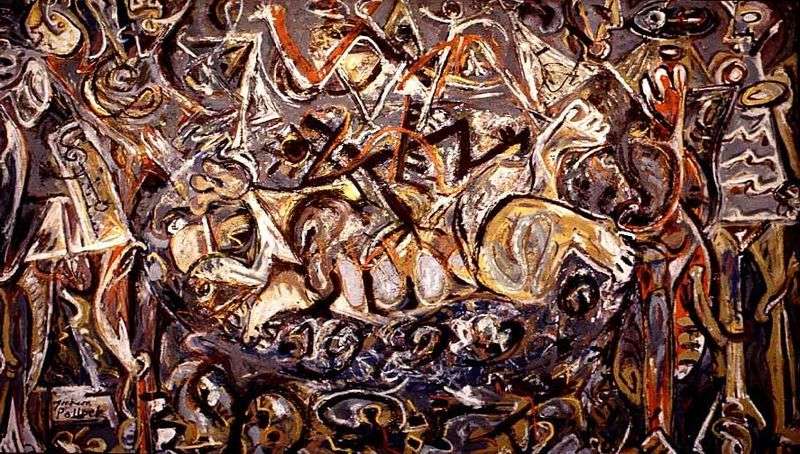
Pollock did not manage to finish this work, which is similar in style to the “Keepers of Secrets” to his first solo exhibition. Originally, the picture had a different name
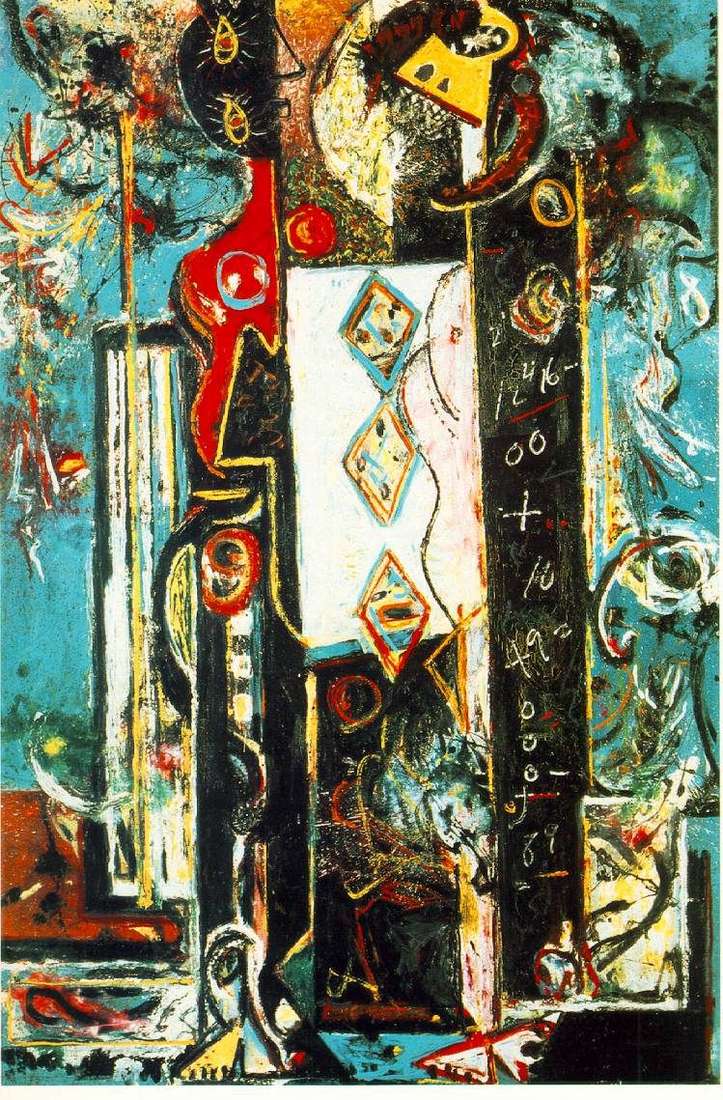
Coming out of a psychiatric hospital in early 1939, Pollock continued his treatment with psychoanalyst Joseph Henderson, a faithful confessor of the Jung system. At the insistence of the doctor,
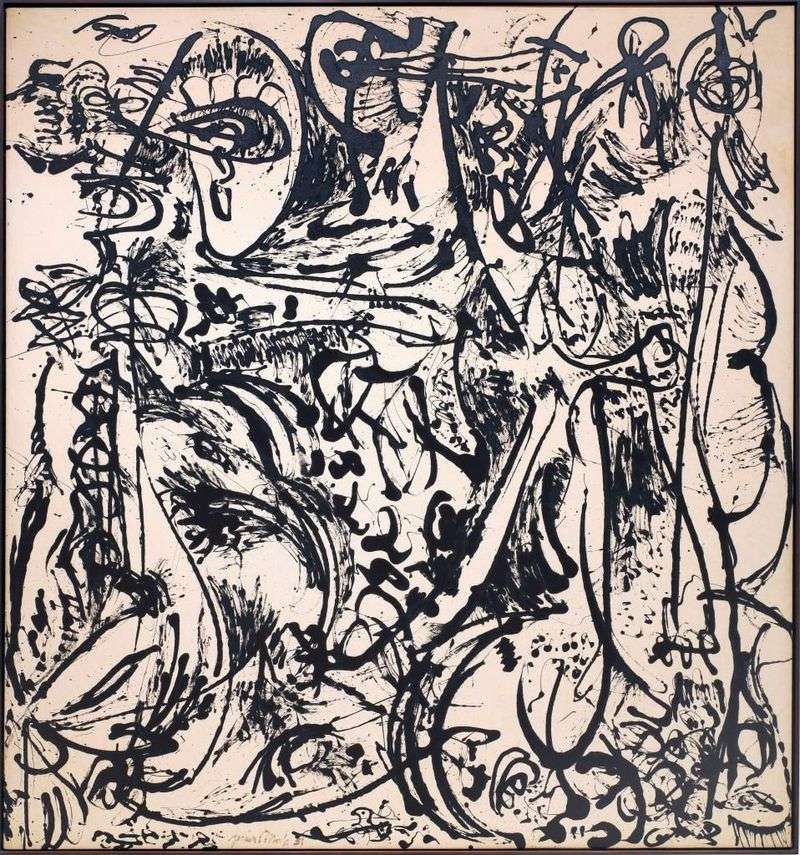
In 1951, Pollock considered that the possibilities of “drip technology” in its pure form had been exhausted. Fearing self-repetition, he decided to abandon pure abstraction, referring to the experience of
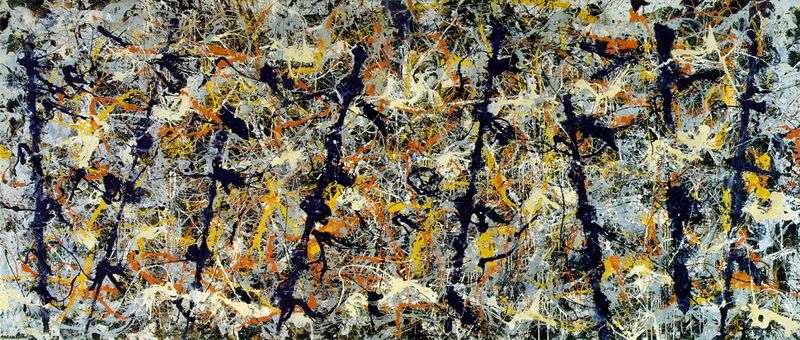
The beginning of the crisis dates back to 1952, eventually driving Pollock to his grave. Scandalous fame did not bring him, by and large, neither widespread recognition nor money. The
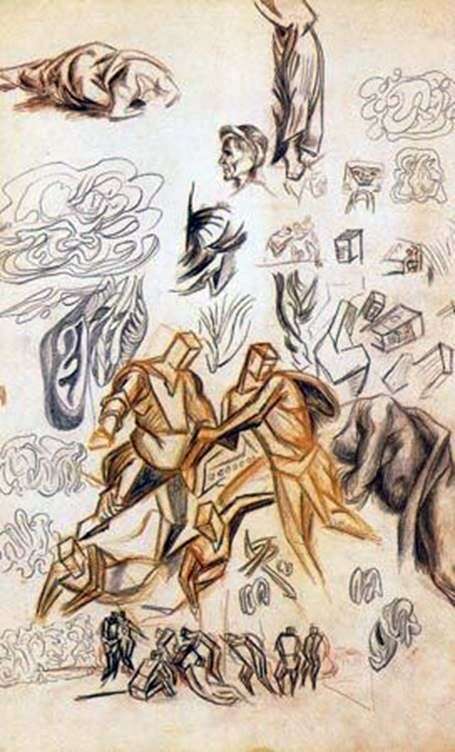
In the late 1930s, Pollock, being cured of alcoholism in a specialized clinic, filled three albums with characteristic sketches. The first two albums contain drawings of the artist, made under

In 1937, John Graham, the superintendent of the Metropolitan Museum of Art, published an article entitled Primitive Painting and Picasso. In it, he drew parallels between modern abstract painting and

Pollock Jackson can be called one of the brightest representatives of modernism of the postwar years. He is an abstractionist expressionist, the creator of the so-called. “painting action”. Pollock was

“Convergence” in 1952. Artist canvas covered dense web of black paint, then added other colors – very bright and “acid”, which became “common place” in the days of pop art,

Paul Jackson Pollock – American painter and a real pride of America. One of the first founder of abstract expressionism, inspired by surrealist paintings by Pablo Picasso and Diego de